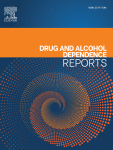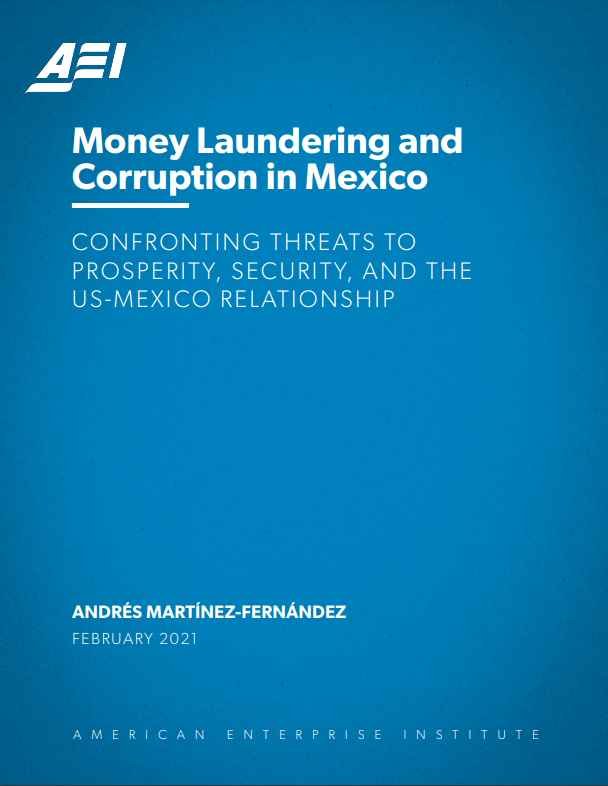By Laura Y. Calderón
Mexico had the most violent year in its history in 2019, reporting 29,406 intentional homicide cases, resulting in 34,588 individual victims.1 However, violence remains a highly focalized phenomenon in Mexico, with 23% of all intentional homicide cases concentrated in five municipalities and three major clusters of violence with homicide rates over 100 per 100,000 inhabitants. Following the national trend, the state of Guanajuato also had its most violent year in 2019, with one of its largest cities featured in the country’s top five most violent municipalities. This paper will analyze the surge in violence in Guanajuato in 2019, comparing the number of intentional homicide cases with the increasing problem of fuel theft in the state, and describing some of the state and federal government measures to address both issues. II. Background The central Mexican state of Guanajuato is a traditional agricultural-producing region, a major manufacturing hub, and a popular vacation and retirement destination for foreigners. Considered a relatively wealthy state and constituting 4.4% of the national Gross Domestic Product (GDP), Guanajuato boasts the sixth-largest economy in Mexico. The state also holds second place in terms of growth in the manufacturing sector, which makes up 26% of the state’s GDP. Guanajuato is home to economically important industries that attract considerable foreign direct investment to Mexico, including the automobile and chemical industries, among others.2 However, over the last several years, Guanajuato has been one of Mexico’s top 10 most violent states, and two of its largest cities —León and Irapuato— were among Mexico’s top 10 most violent municipalities in 2018 and 2019. The state of Guanajuato also had the highest number of organized crime-related homicides in 2019 with 2,673 cases, according to Reforma. 3 Additionally, Guanajuato was featured in Milenio’s top five states with the highest number of murders every month in 2019, calculating 2,934 organized crime-related deaths. 4 Furthermore, Guanajuato was tied with Estado de México as the second most dangerous place for elected officials in 2019, according to Justice in Mexico’s Memoria dataset. 5 Guanajuato attracted media attention especially in 2019 because of a dramatic increase in violence. While few available studies are exploring the origins and source of increased violence in Guanajuato, there seems to be one factor that has not been fully studied in terms of violence trends: fuel theft. III. Huachicoleo and Organized Crime Groups Fuel theft is one of the most recent developments in Mexico’s violent crime spectrum, gaining nationwide notoriety in early 2017. Gasoline truck drivers, or chupaductos (pipeline suckers), were the first to adopt the name huachicol to refer to stolen hydrocarbons in Mexico.6 It is still complicated to track the origin of the word, as technically, it refers to an adulterated alcoholic beverage derived from cane alcohol. However, huachicol is also believed to come from the Mayan culture, where the word “huach” or “waach” means “foreigner,” and in some Mayan regions, “thief.”7 This term lead to the colloquial name huachicolero to refer to petroleum thieves. 8 The practice of huachicoleo has been an increasing problem in Mexico, with organized crime groups (OCGs) competing to control its revenues in a manner similar to the way in which they compete over drug-trafficking territories or plazas. Huachicoleo takes place in two different forms: through puncturing gas pipelines, which carry 20% of the country’s supply, or by stealing it on the go from the fuel distribution gas trucks on Mexico’s main highways.9 In socio-economic terms, the increase of fuel theft is partially attributable to the rise of oil prices in Mexico over the last few years, when gas went from an average of 5.00 Mexican pesos per liter (roughly 0.27 USD) in 2000, to 19.40 Mexican pesos per liter (roughly 1.03 USD) by December 2019 as shown in the chart below. 10 The population’s alleged inability or unwillingness to pay such high prices is believed to have created a greater demand for lower-cost gas—a demand that OCGs were willing to fulfill. Highway-side vendors started selling stolen gasoline from 5 to 10 Mexican pesos per liter (roughly 0.27 to 0.54 USD), depending on the distance from actual pipelines. 11 Networks of huachicoleros have established their vending points along major highways throughout Mexico, especially in central Mexico, where some of these vending points are disguised as legal commercial establishments such as tire shops, car repair workshops, coffee shops, restaurants, and other informal businesses.
San Diego: Justice in Mexico Department of Political Science & International Relations University of San Diego, 2020. 28p,























